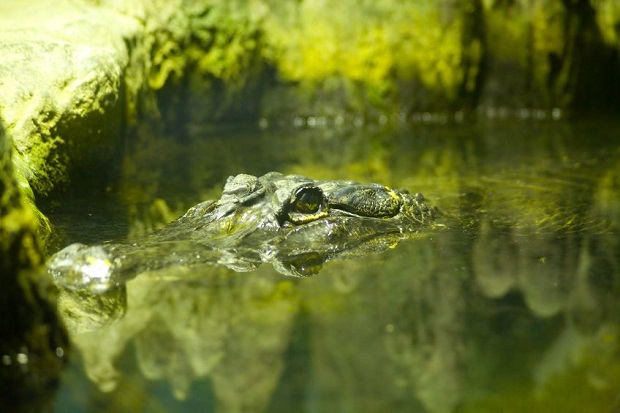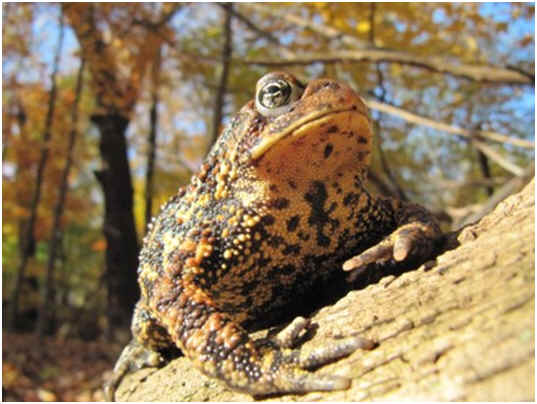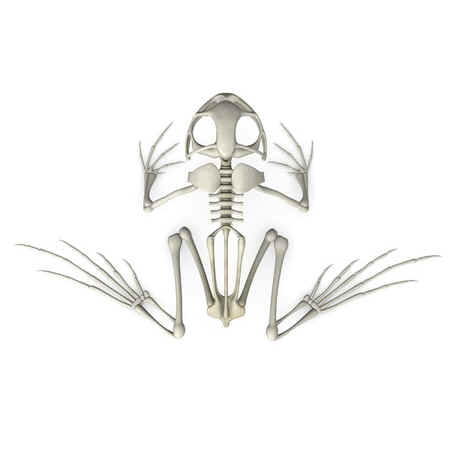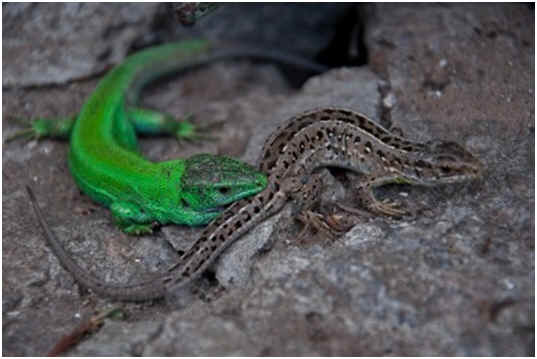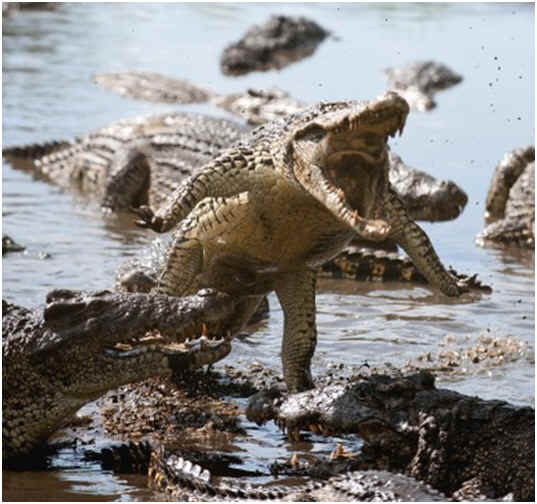
Can Crocodiles Jump?
Crocodiles can jump. They use their powerful tails to make explosive water leaps, flailing it from side to side in a snake-like fashion. Crocodiles can jump clear out of the water to capture low-flying waterfowl. Baby crocodiles often jump out of the water to capture insects flying by.
Crocodiles belong to the subfamily crocodylians and have been on earth since the appearance of vertebrae reptiles for over 200 million years. They are one of the oldest species extents and have changed very little in morphology and habits. They range from the tropics in Asia and Africa to Australia and the Americas, found in wetlands, lakes, rivers, and in salt and brackish waters. Regarding locomotion, some species of crocodiles like the New Guinea, dwarf, and Cuban varieties can gallop up to 11 mph. They can also belly slide at this speed by thrashing their tail and descending down a bank. One of the most often asked questions is if crocodiles can jump. The answer might surprise you.
Physiology
Crocodiles have naturally streamlined bodies that are long and torpedo-shaped for propelling them through the water at high speeds. They have webbed feet, which they tuck to the sides when moving through the water. Their belly and side tissue are very slick and smooth to keep down on friction, while their top skin is armored with scales, making it resistant to attacks from other predators but allowing it to absorb heat to maintain body temperature. Crocodile tails move from side to side, acting as a flexible paddle to thrust them forward through the water. The legs are short and can waddle at belly height or extend up to lift the body off the surface. Their smell, eyesight, touch, and hearing senses are all very acute, making them the perfect ambush predator.
Land Jumping
Crocodiles have been observed jumping on land, although rarely. The only testaments to this feat have reported that they can jump about five feet from a standing position, which is more of an offensive lunge toward a prey target. While galloping, a crocodile can bound a short distance, usually no more than their body length, but they must be moving at great speed. Crocodiles can lay in wait at the shoreline, partially submerged, and then seemingly leap out of the water to catch prey, but this movement is primarily provided by the power in the tail. So, the answer is yes, they can leap across the ground in a limited fashion.
Water Jumping
One of the most spectacular feats witnessed of crocodiles is their ability to leap completely out of the water to snag an overhead prey item. Since they are ravenous feeders, they will propel themselves up and out of the water to catch a baited item at lofty heights. They have even been known to leap for low-flying waterfowl, hawks, and eagles. Some of them have been seen leaping at overhanging branches for small mammals. This type of behavior originates from their juvenile period when very young crocodiles leap out of the water to capture insects on the fly. Their depth perception is excellent, allowing them to judge distances and prey size. Crocodiles use their powerful tails to make explosive water leaps, flailing it from side to side in a snake-like fashion. The streamlined profile of their bodies makes it easy for them to breach the water’s surface, much like a rocket bursting through the air.
Resources
The Telegraph
Crocodiles Jump out of the Water for Food; http://www.telegraph.co.uk/earth/wildlife/6838895/Crocodiles-jump-out-of-the-water-for-food.html
Wikipedia.org
Crocodile
http://en.wikipedia.org/wiki/Crocodiles
Shorecrest.org
Locomotion; http://w3.shorecrest.org/~lisa_peck/marinebio/syllabus/ch9vertebrates/reptilesandbirds/repbirdwp/barbara/locomotion.html

